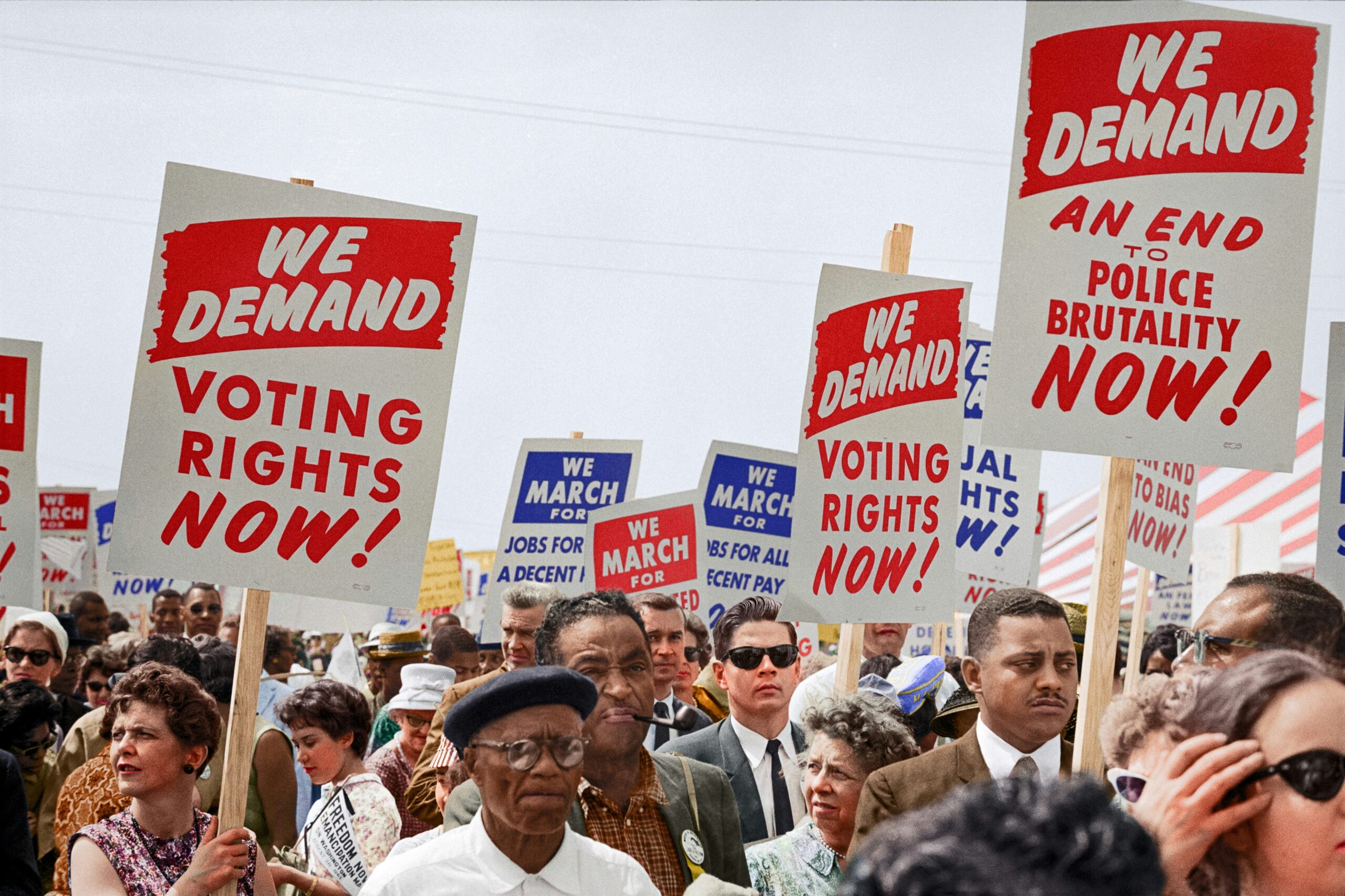If a person is looking to find out what Cyrus Chestnut is all about, this is the perfect record. It is thoroughly modern, but his influences are all there. It is jazz, but blues and gospel are never far away. It is clearly improvised, but never lacks direction. The album was recorded live at Smoke, part of their Smoke Sessions series. For the date, Chestnut was joined by Curtis Lundy on bass and Victor Lewis on drums.
The album opens with two John Hicks tunes, “Two Heartbeats” and “Pocket Full of Blues”. They are both mid-tempo and feature Chestnut as the only soloist. I would describe them as jaunty. These songs are a great opportunity to hear how the trio interacts. They are clearly in tune with each other. The piano is front and center, but doesn’t bury the bass and drums. Lundy and Lewis are listening to everything. They get more aggressive when called for and lay back when not. And they all swing.
Third is a Chestnut original called “To Be Determined”. It’s a little slower than the first to songs and definitely more mysterious. It doesn’t swing as hard, but that isn’t a problem. It changes the mood of the set without breaking the momentum.
The fourth tune is Milt Jackson’s classic blues, “Bag’s Groove”. It opens with Chestnut’s solo piano. He hints at the tune, but doesn’t state the melody for about a minute when the rest of the band enters. They take it relatively slowly with Lewis using brushes and Lundy playing long notes with lots of slides. For all of that, it never lacks energy. There’s nothing like a down and dirty blues and this one delivers.
Fifth is a Victor Lewis original called “Hey, It’s Me You’re Talkin’ To”. This one opens with a drum solo which is interesting on it’s own, but it feels like it is taking the listener somewhere. The solo ends with a little fanfare and Chestnut and Lundy enter. This tune is back to a medium tempo, but it’s more aggressive than the first two songs. Chestnut’s solo feels more exploratory that his others on the record.
The next two tunes are Billy Strayhorn’s “Chelsea Bridge” and “U.M.M.G.” Strayhorn was so good that his songs always sound great. The trick is how to set one version apart from another. “Chelsea Bridge” is the first real ballad of the set. It opens with Chestnut playing solo. The arrangement is quite lush with Lewis on brushes again. The trio leaves a lot of room to really let the song breathe. It’s almost like they decided the song is gorgeous, so they would just show it off and not get in the way. “U.M.M.G.” is a funny song. I always feel like it should be sad, but it isn’t. They take it at a slow medium tempo and it is downright bouncy. Lewis has some great cymbal work behind the melody. It also includes the first bass solo of the set. Lundy does a great job of being creative while continually referencing the melody.
The eighth song is another Victor Lewis original called “I Wanted to Stay”. This one is a little sad, or at least wistful. It again shows how well the trio interacts with each other. It sounds like a conversation with all three contributing. We get another bass solo that keeps the feel from the piano solo and then another piano solo.
Ninth comes Coltrane’s “Giant Steps” and I love this version. It swings like crazy and just has a great energy. The drum solo is one of my favorite parts of the record. It doesn’t lose any of the energy and says its own thing. And I love the melodic use of the kit. Then, they slow it down for the end. The whole song is so satisfying.
The tenth song is another John Hicks tune called “Naima’s Love Song”. This is the longest song of the outing, almost doubling all the others. The song manages everything from contemplative to frenetic. It’s a nice vehicle for showing off the range of the band.
Finally, the eleventh song is Miles Davis’ “The Theme”. This is a nice tune nicely played, but it is really just here to introduce the band, thank the audience and close things out.
Overall, I highly recommend this album. When I go see live jazz, this is basically what I am hoping to see. It is always interesting, never simplistic. And most importantly, it is always fun.
April 14, 2025











